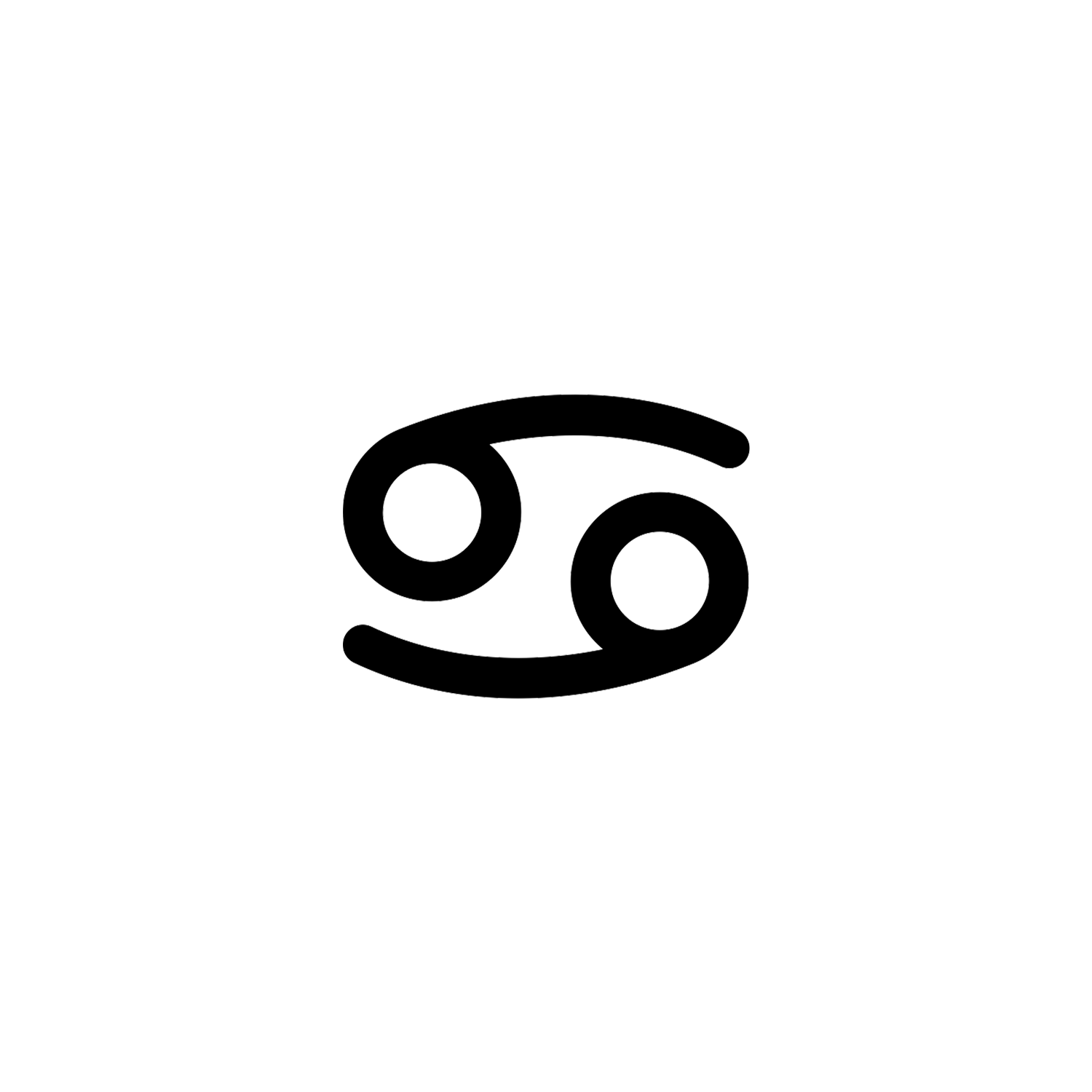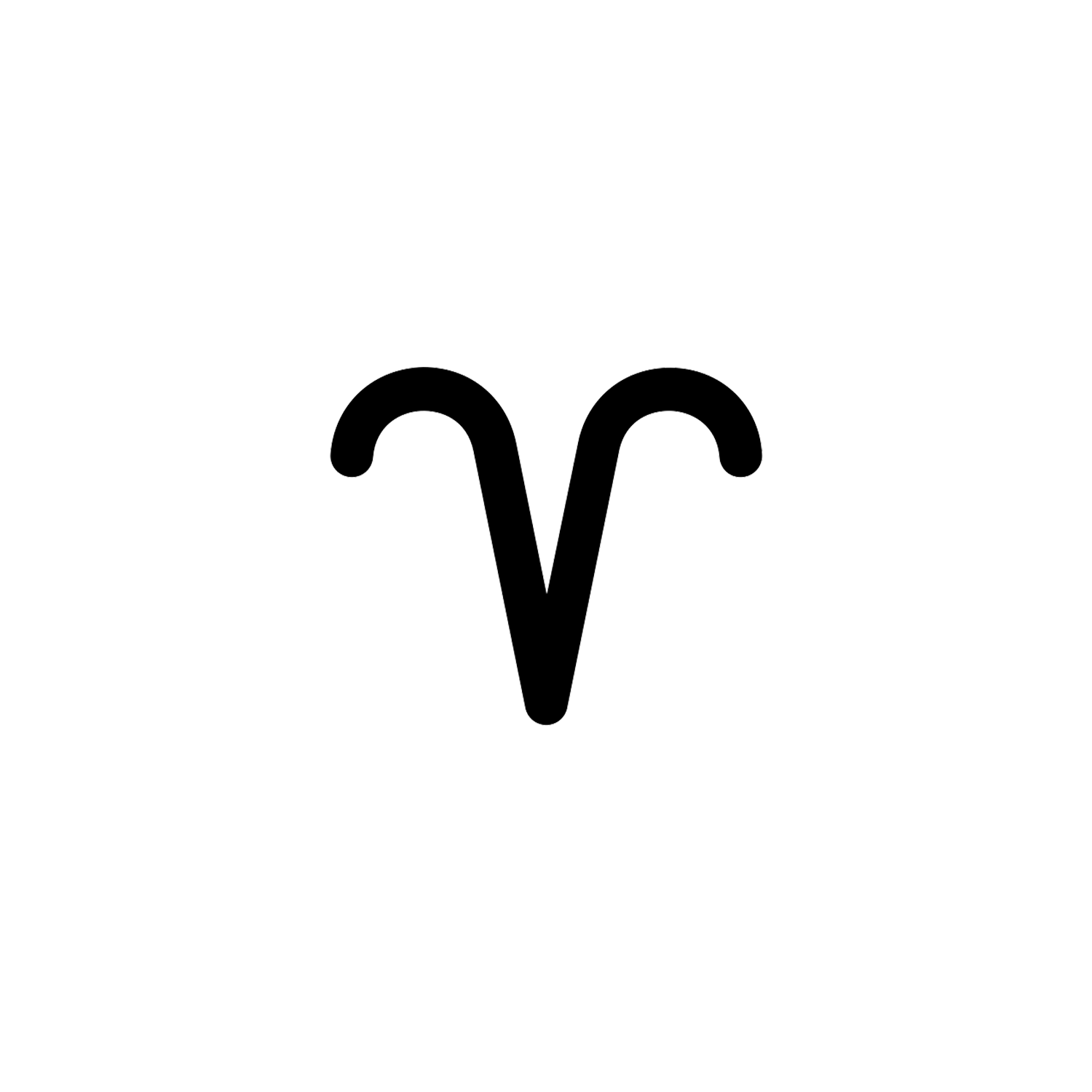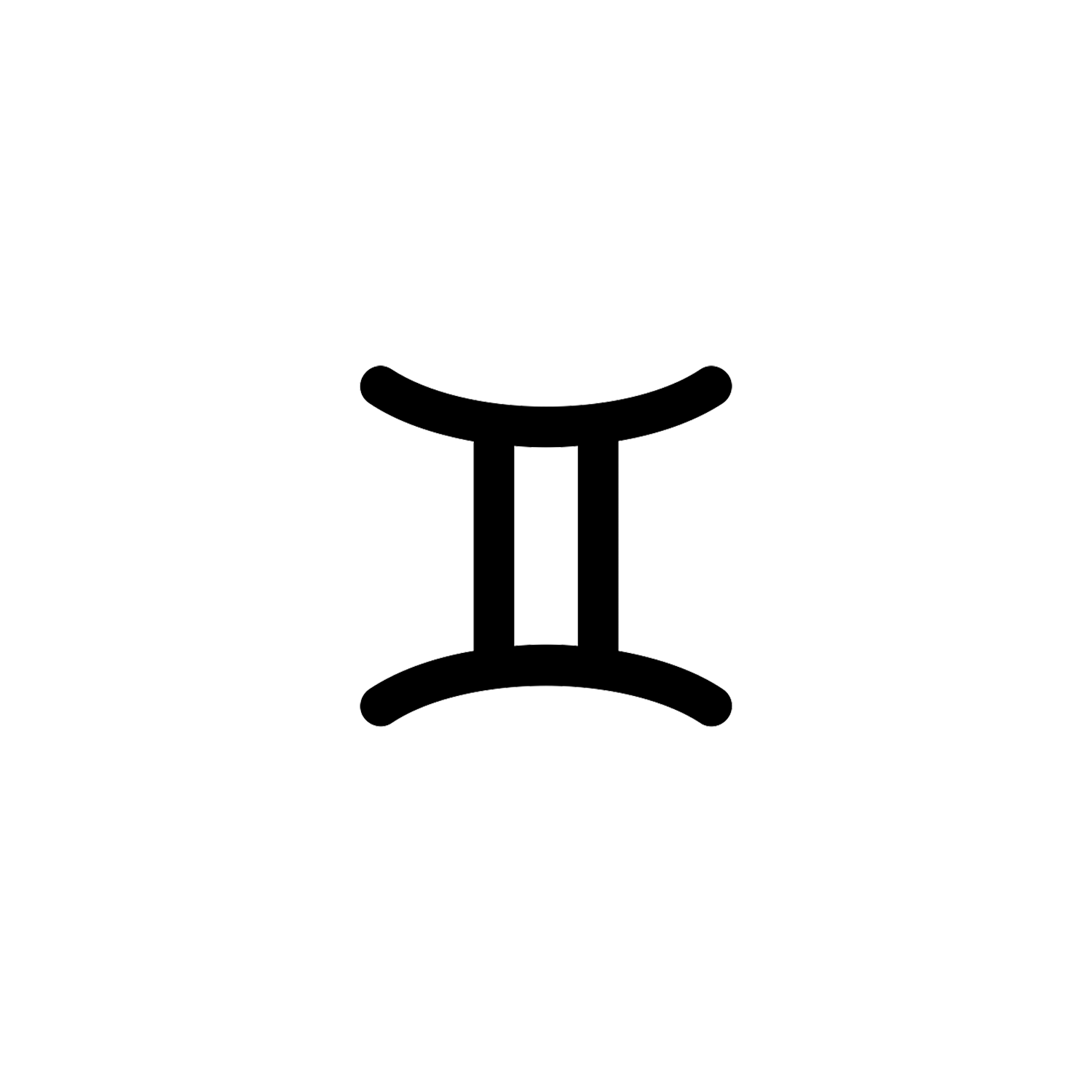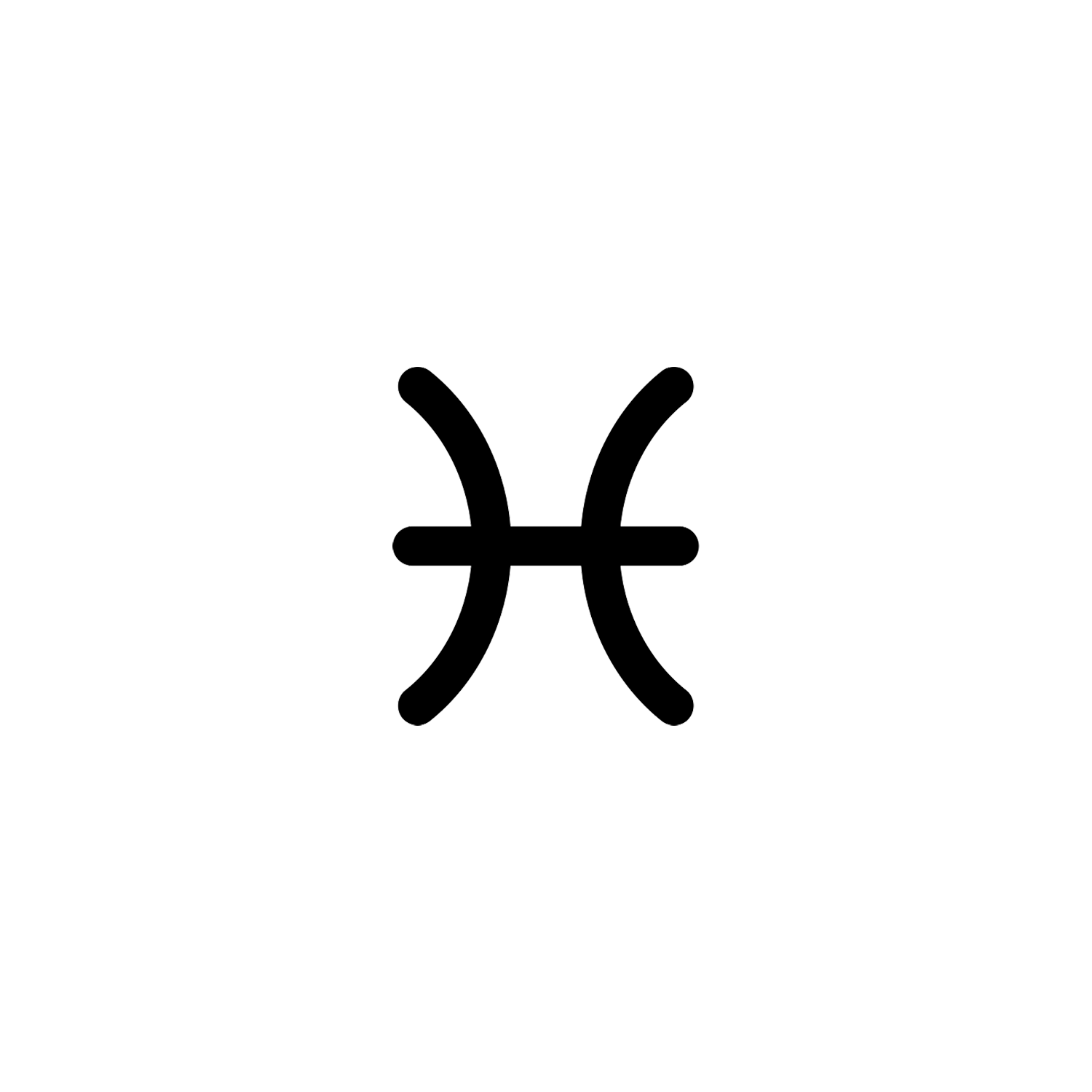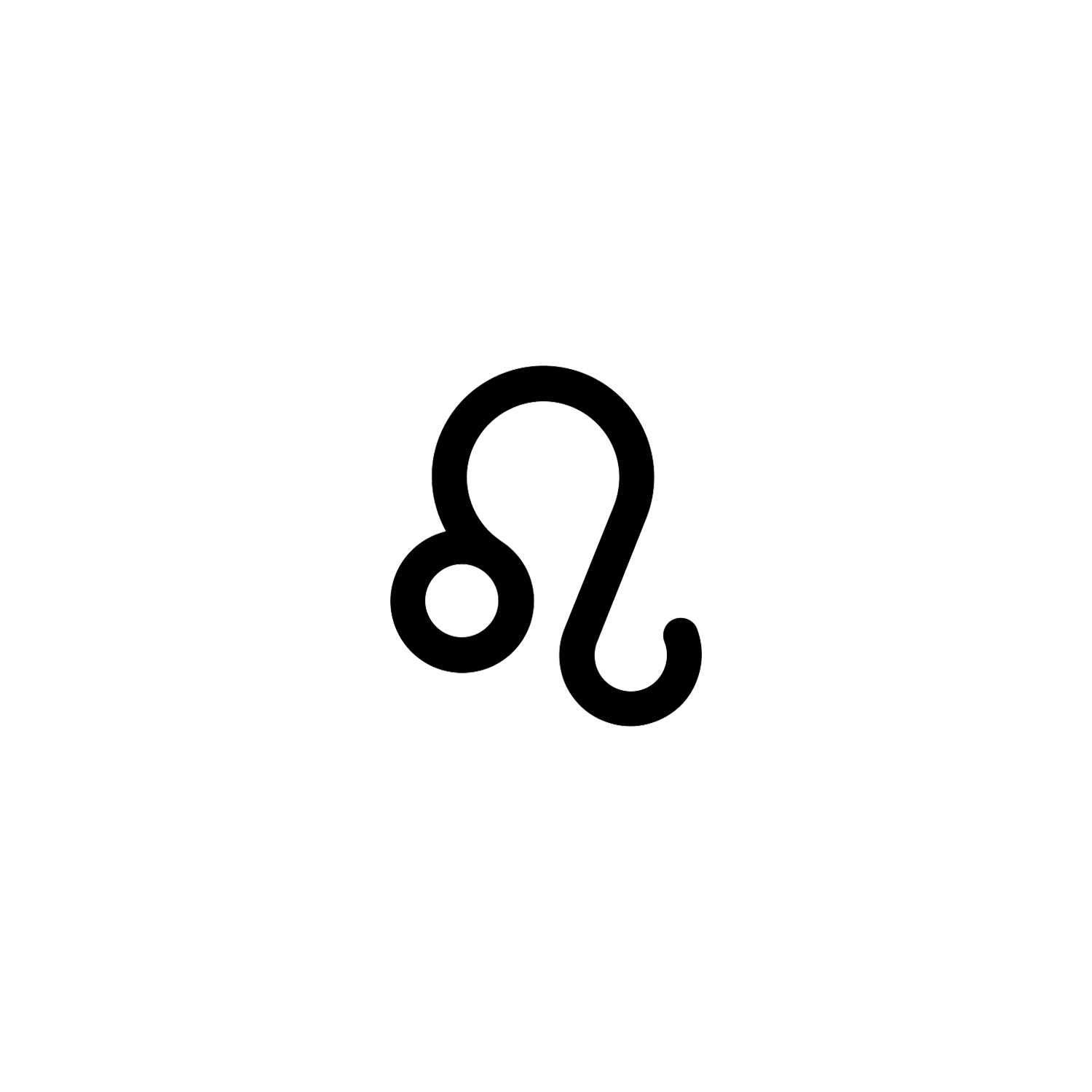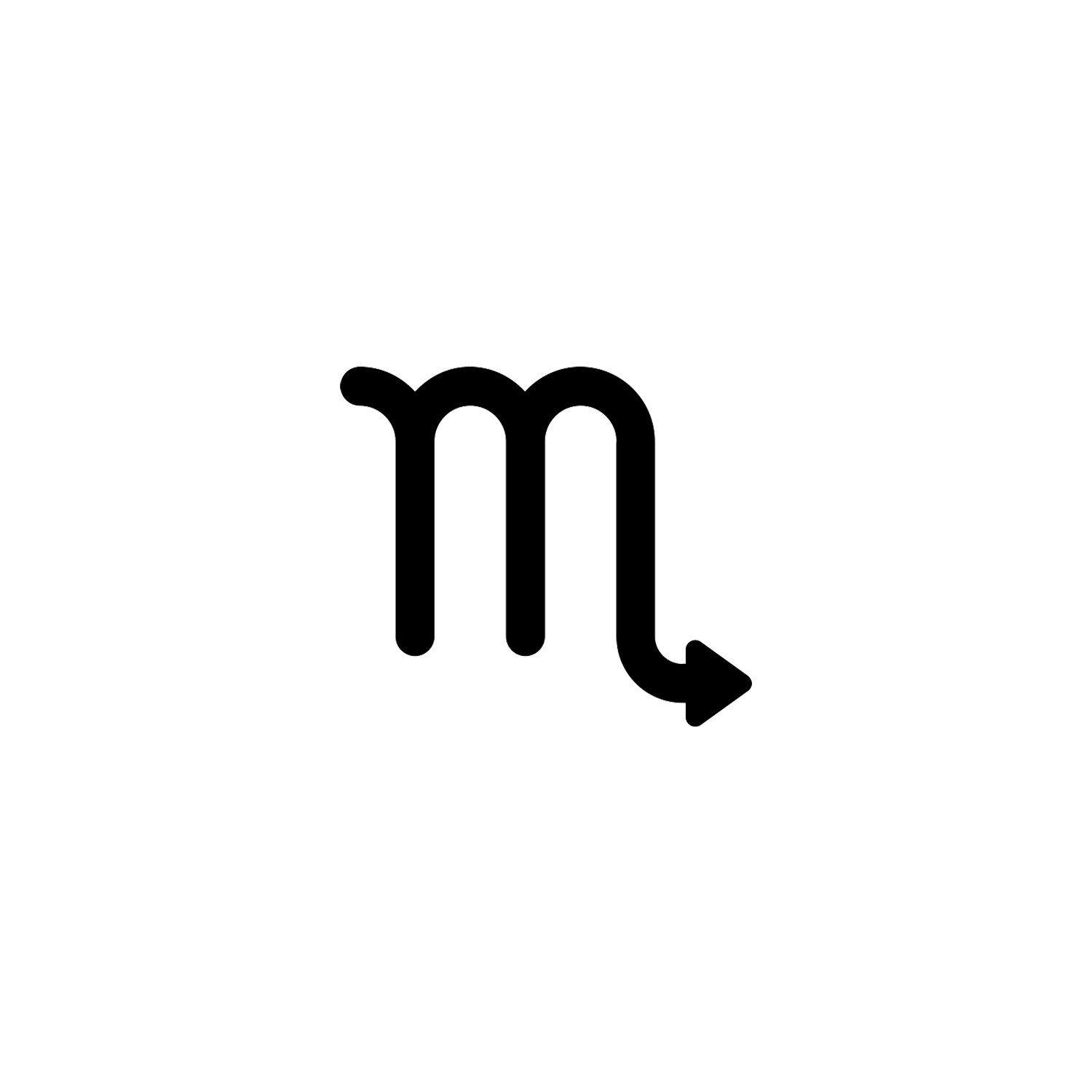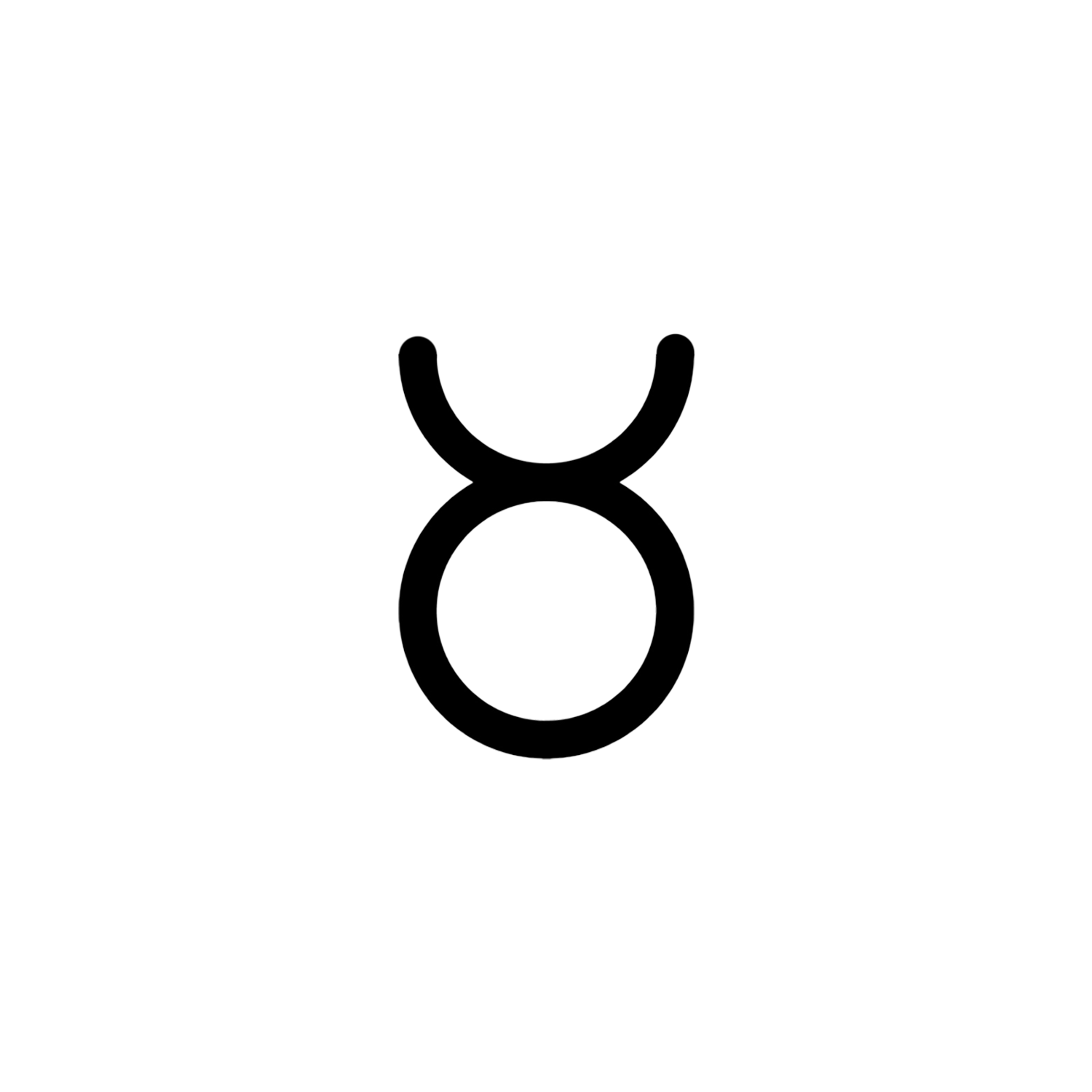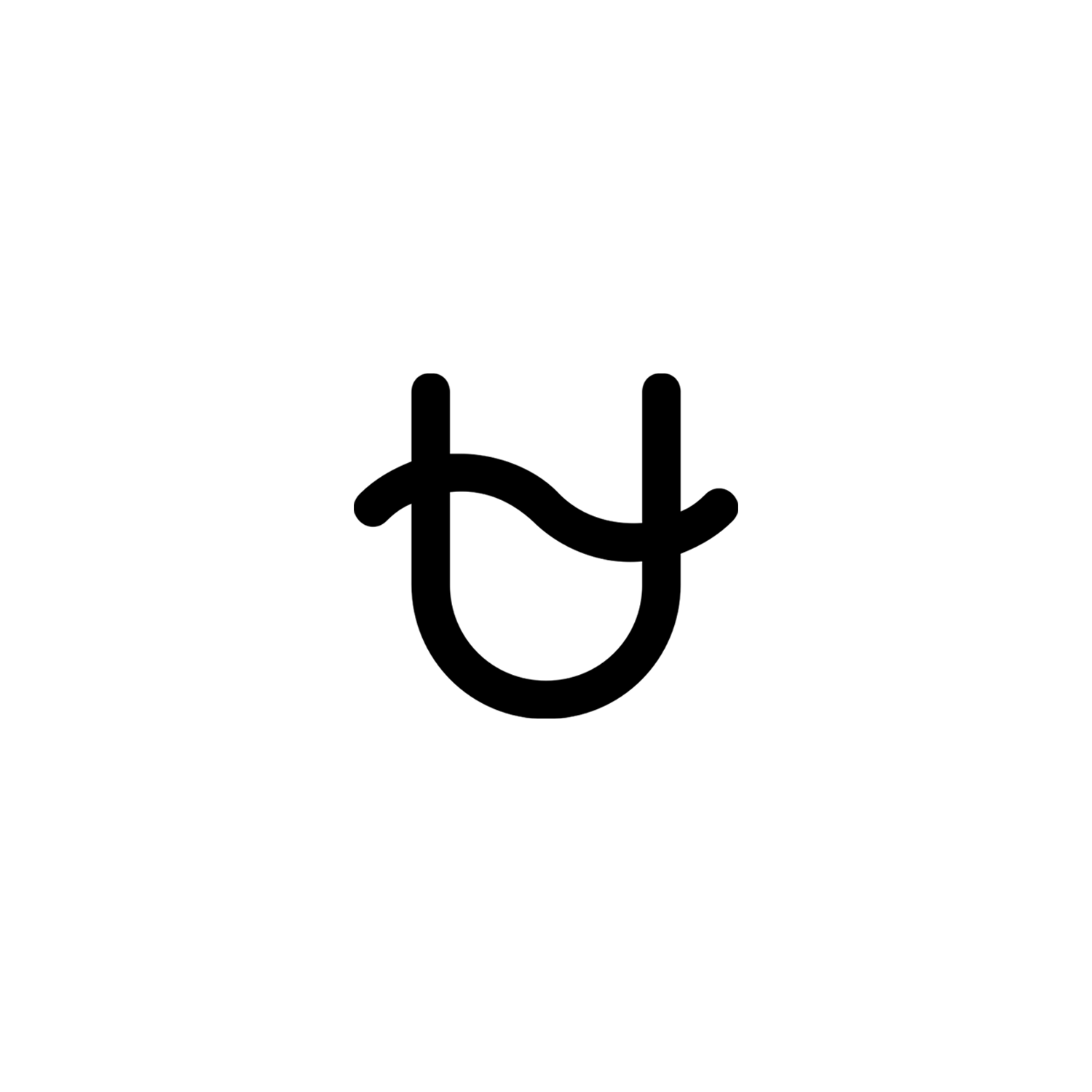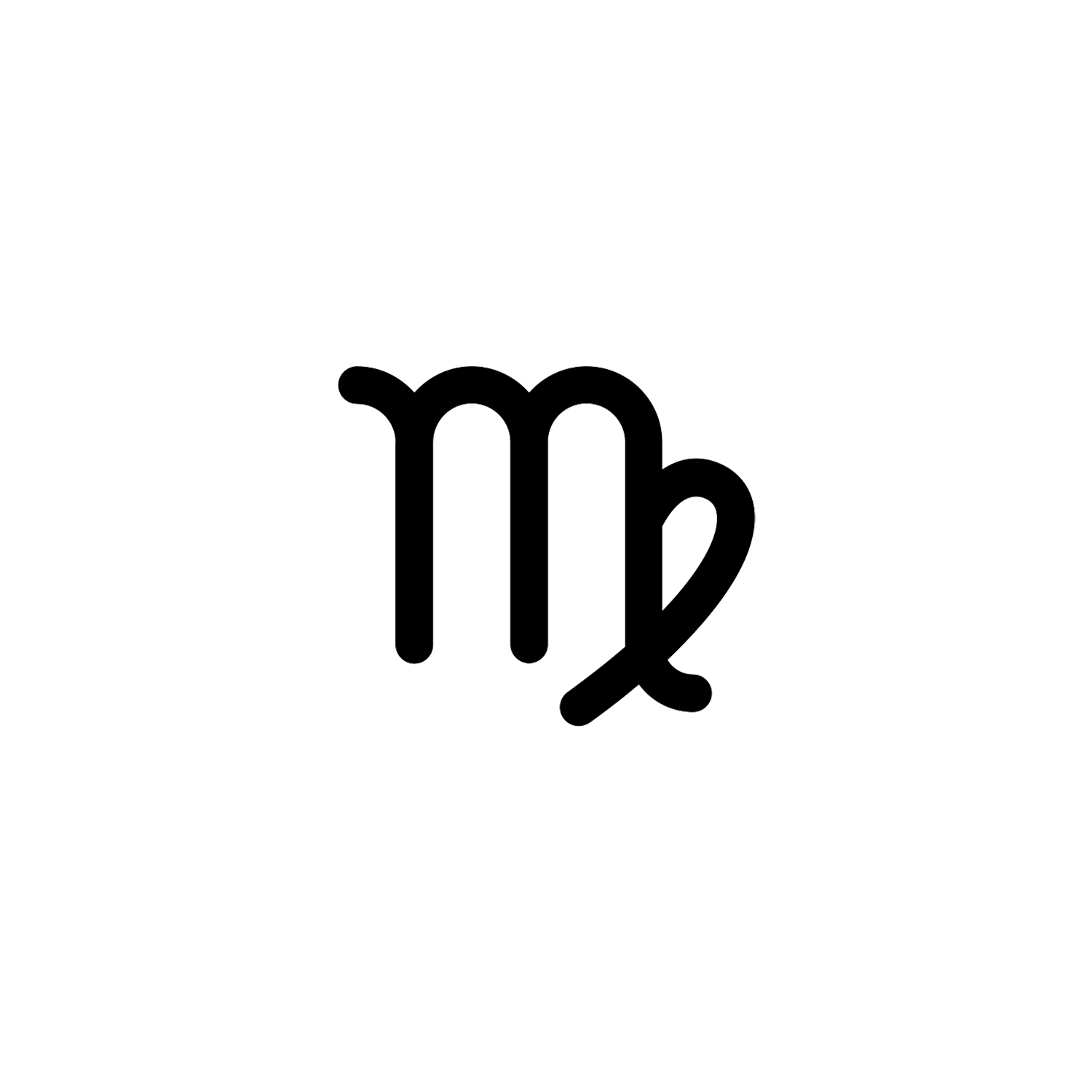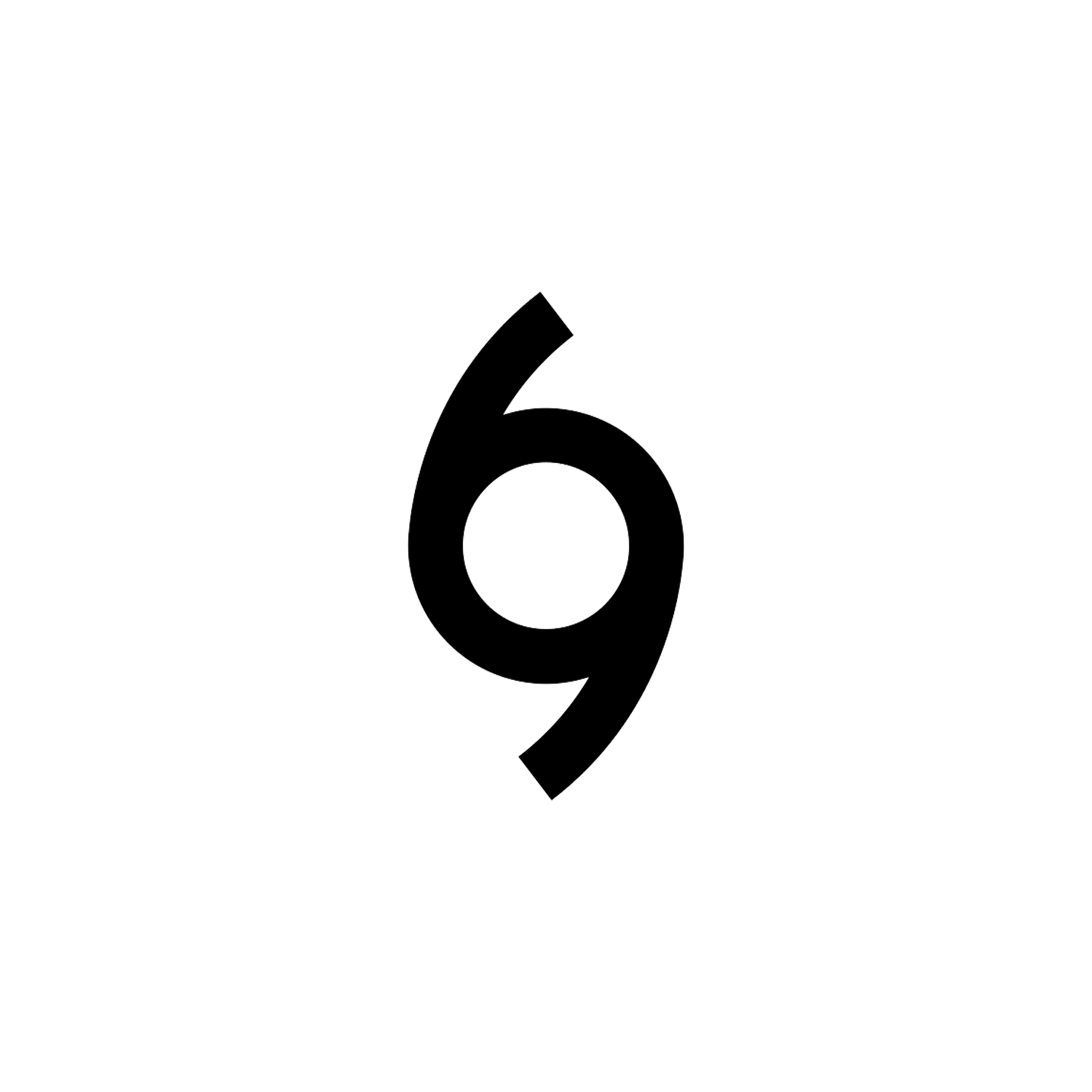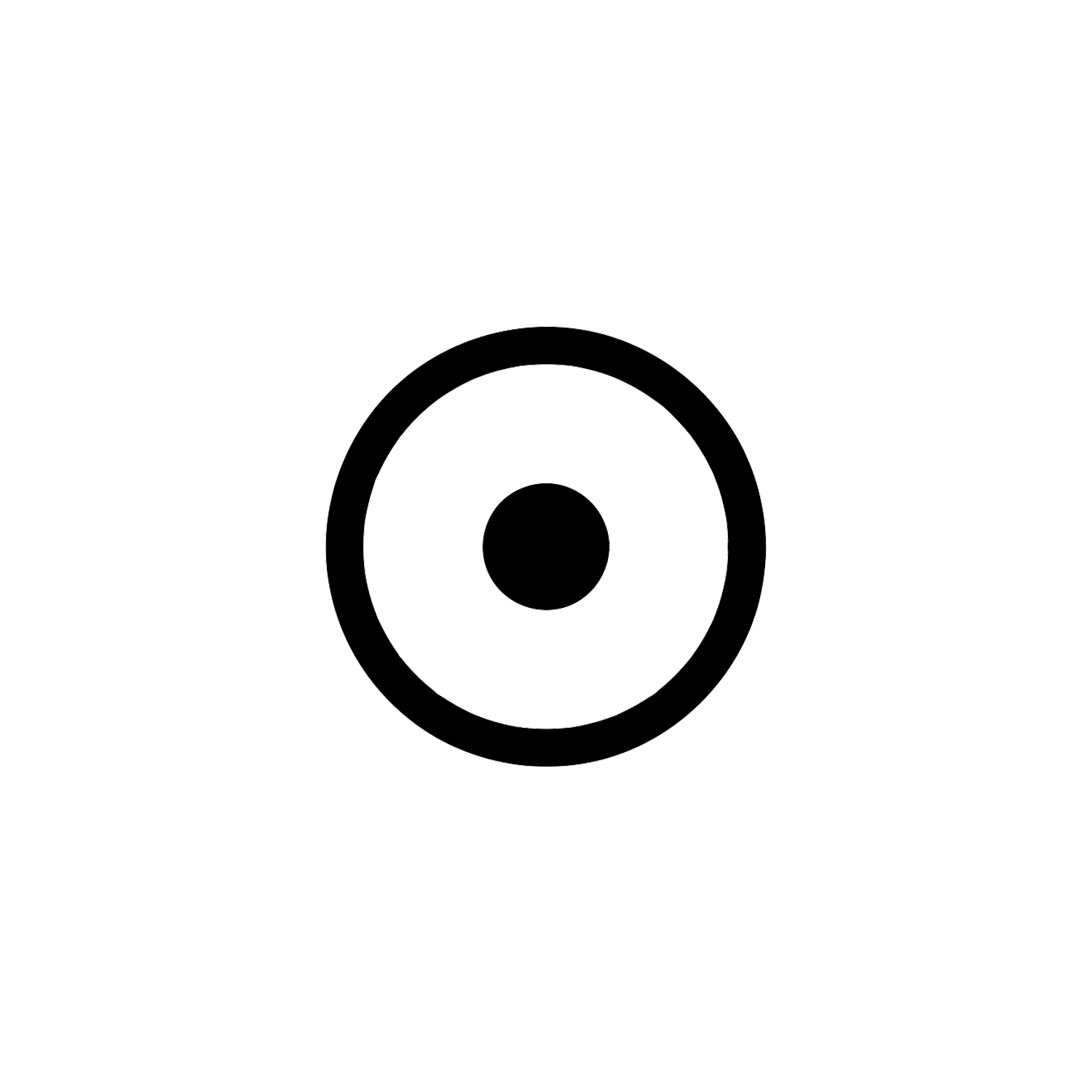Capricorn
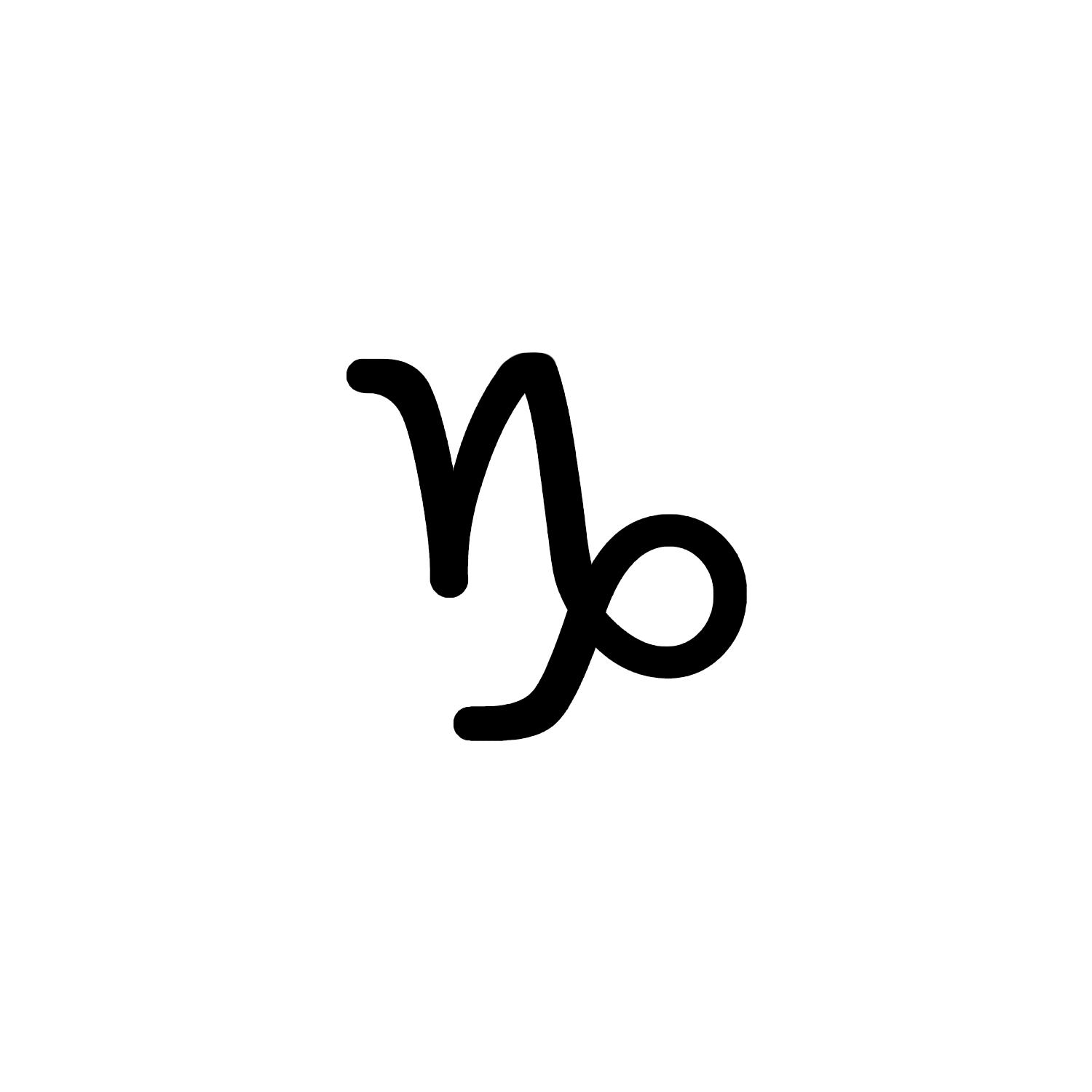

Capricorn
The tenth astrological sign in the zodiac.
Overview
Capricorn (Greek: Αιγόκερως, romanized: Aigókerōs, Latin for “horned goats”) is the tenth astrological sign in the zodiac out of twelve total zodiac signs, originating from the constellation of Capricornus, the goat.[1] It spans the 270–300th degree of the zodiac, corresponding to celestial longitude.
Under the tropical zodiac, the sun transits this area from around December 22 to January 19.[1] Capricorn is one of the three earth signs alongside Virgo and Taurus,[2] a negative sign,[3][4] and one of the four cardinal signs. Capricorn is ruled by the planet Saturn and its opposite sign is Cancer.

In India, the zodiac sign of Capricorn is celebrated as the Makara Sankranti festival,[5] also known in Nepal as Maghe Sankranti.[6] The Indian astronomical calendar is not based on the western Gregorian or Julian date keeping system.
The Gregorian calendar has fixed days in a year and does not accommodate difference in the actual solar year. Therefore, the festival is celebrated on either of January 14 or 15 every year, when, per the Indian astronomical calendar, the Sun actually enters the Capricorn sign.
There is a small symbological overlapping with the Capricorn glyph, as it is represented by two slightly different designs nowadays. The difference doesn’t imply a change of interpretation or a different meaning, instead it is merely a different aesthetic choice for the glyph—the tail part is sometimes looped at the top (left glyph below) after the V, other times the V drops down and then loops backwards (glyph on the right).
The V-shape represents the goat’s horns and head attached to the fish tail which is illustrated as a loop, symbolizing a chimera animal which we go into further details later.
There is however an incorrect design, commonly seen in Capricorn symbol interpretations nowadays. When the V is instead styled as the letter N, closing the space between the two angled lines. This leads to changing the goat’s head and horns, a geometric change of the glyph’s reference in an attempt to achieve a more “modern” looking symbol, as seen on the Emoji for the sign.
Sometimes the sign is simply stylized as VS, which aside from the visual similarity with the glyph, can speculatively be attributed to the Latin spelling of Capricornus—CAPRICORNVS.

Astrology
In Western astrology, the polarity divides the zodiac in half and refers to the alignment of a sign’s energy as either positive or negative, with various attributes associated to them as a result.[7]
Positive polarity signs, also called active, yang, expressive, or masculine signs, are the six odd-numbered signs of the zodiac: Aries, Gemini, Leo, Libra, Sagittarius, and Aquarius. Positive signs make up the fire and air triplicities.[8][9]
Negative polarity signs, also called passive, yin, receptive, or feminine signs,[10] are the six even-numbered signs of the zodiac: Taurus, Cancer, Virgo, Scorpio, Capricorn, and Pisces. Negative signs make up the earth and water triplicities.[11]

Astronomy
Capricornus /ˌkæprɪˈkɔːrnəs/ is one of the constellations of the zodiac. Its name is Latin for “horned goat” or “goat horn” or “having horns like a goat’s”, and it is commonly represented in the form of a sea goat: a mythical creature that is half goat, half fish.
Capricornus is one of the 88 modern constellations, and was also one of the 48 constellations listed by the 2nd century astronomer Claudius Ptolemy. Under its modern boundaries it is bordered by Aquila, Sagittarius, Microscopium, Piscis Austrinus, and Aquarius. The constellation is located in an area of sky called the Sea or the Water, consisting of many water-related constellations such as Aquarius, Pisces and Eridanus. It is the smallest constellation in the zodiac.

The constellation was first attested in depictions on a cylinder-seal from around the 21st century BCE,[12] it was explicitly recorded in the Babylonian star catalogues before 1000 BCE. In the Early Bronze Age the winter solstice occurred in the constellation, but due to the precession of the equinoxes, the December solstice now takes place in the constellation Sagittarius.[13] The Sun is now in the constellation Capricorn (as distinct from the astrological sign) from late January through mid-February.[14]
Although the solstice during the northern hemisphere’s winter no longer takes place while the sun is in the constellation Capricornus, as it did until 130 BCE, the astrological sign called Capricorn is still used to denote the position of the solstice, and the latitude of the sun’s most southerly position continues to be called the Tropic of Capricorn, a term which also applies to the line on the Earth at which the sun is directly overhead at local noon on the day of the December solstice.[14]

The planet Neptune was discovered by German astronomer Johann Galle, near Deneb Algedi (δ Capricorni) on 23 September 1846, as Capricornus can be seen best from Europe at 4:00am in September (although, by modern constellation boundaries established in the early 20th century CE, Neptune lay within the confines of Aquarius at the time of its discovery).

Despite its faintness, the constellation Capricornus has one of the oldest mythological associations, having been consistently represented as a hybrid of a goat and a fish since the Middle Bronze Age, when the Babylonians used MULSUḪUR.MAŠ “The Goat-Fish” as a symbol of their god Ea.[15][16]
In Greek mythology, the constellation is sometimes identified as Amalthea, the goat that suckled the infant Zeus after his mother, Rhea, saved him from being devoured by his father, Cronos. Amalthea’s broken horn was transformed into the cornucopia or “horn of plenty”.[17]
Capricornus is also sometimes identified as Pan, the god with a goat’s horns and legs, who saved himself from the monster Typhon by giving himself a fish’s tail and diving into a river.[14]
Differences between Astrology and Astronomy
Astrological signs are now only used in astrology to tell fortunes and describe people’s characters. Zodiac constellations are the subject of astronomy. Previously, they marked the passage of time and the seasons for ancient people and helped create calendars. Even now, they are used for marine navigation and astronomical observations. For instance, they are especially useful for amateur astronomers as reference points to locate planets.
Astrology is a pseudoscience.[22] Scientific investigations of the theoretical[23] basis and experimental verification of claims[24] have shown it to have no scientific validity or explanatory power. More plausible explanations for the apparent correlation between personality traits and birth months exist, such as the influence of seasonal birth in humans.
The zodiac signs’ dates are now about a month ahead of when the Sun meets the corresponding constellations. These dates were established more than two thousand years ago, but today things changed. For example, Aries now meets the Sun around April 19 (the exact date depends on the year and your timezone) instead of the astrological date of March 21. So, most people who think of themselves as Aries were born when the Sun was in Pisces.
The reason for this time shift is the axial precession of the Earth. Our planet is like a spinning top: it’s flattened at the poles and bulges at the equator, pulled by the Moon and Sun. So, it wobbles as it spins, tracing a cone of 23.5° radius with its axis. The wobble is called the precession of the Earth’s axis, or the precession of the equinoxes. Each spin lasts one day, but each gyration around the cone takes 25,800 years. The movement slowly alters the view of the zodiac from the Earth, making the constellations appear to slide to the east about 1° per human lifetime.
Moreover, just as in ancient times, now the Sun passes through the 13th constellation Ophiuchus that we mentioned above. So, no zodiac constellation meets the Sun from around November 30 to December 17, but, in astrology, these days belong to the sign Sagittarius.
It’s the astronomical view of things. Astrologers defend themselves by saying that they use the tropical zodiac, which is fixed to seasons, not the position of constellations. So, it’s your choice to believe whether you are Aries or Pisces, Sagittarius or Ophiuchus.

There are twelve constellations that roughly correspond to the traditional zodiac signs and are recognized as members of the zodiac family: Aries, Taurus, Gemini, Cancer, Leo, Virgo, Libra, Scorpius, Sagittarius, Capricornus, Aquarius, Pisces.
They are called “zodiac” on behalf of tradition. Beyond that, there is no reason why they are grouped this way.
Astrologers say that during the dates of a zodiac sign, the Sun is “in” the corresponding constellation. Over a year, the Sun regularly visits 13 constellations in the sky: Capricornus, Aquarius, Pisces, Aries, Taurus, Gemini, Cancer, Leo, Virgo, Libra, Scorpius, Sagittarius, and Ophiuchus. The last one doesn’t have its traditional zodiac sign, but why? To find out, we would have to ask the Babylonians.
Babylonian astronomers designated the 12 zodiac signs in the 5th century B.C. They knew the 13th constellation Ophiuchus, but it didn’t fit into the ancient calendar of 12 lunar months. So, Babylonians omitted Ophiuchus for convenience. Modern Western zodiac astrology still follows the Babylonian tradition. Moreover, astronomy constellation maps don’t include Ophiuchus in the zodiac family either – it belongs to the Hercules one.
Altogether, the 13 constellations are called the constellations of the ecliptic. The ecliptic refers to the imaginary plane containing the Earth’s orbit around the Sun. We from the Earth observe it as the Sun’s path in the sky throughout the year. Over a year, the Sun appears to regularly pass in front of the ecliptic constellations one by one. The entry and exit dates almost perfectly repeat. For Ophiuchus, these dates are November 30 to December 17 (the beginning and the ending may vary by day, depending on the year and your timezone).
Therefore, if you are born at the beginning of December, don’t be surprised that the Sun is “in” Ophiuchus and not the constellation Sagittarius.

Conclusion
Capricorn, in astrology, is the 10th sign of the zodiac, considered as governing the period from about December 22 to about January 19.
One explanation of the fishtail with which the goat is often represented is found in the Greek myth of Pan, who, to avoid the monster Typhon, jumped into the water just as he was changing into animal shape. The half above water assumed the shape of a goat while the lower half, the tail, assumed the shape of a fish.
As touched upon in the article, there is a slight misunderstanding of the symbol’s variations, as well as an incorrect interpretation in modern times.
[1] "Capricorn". dictionary.com. n.d.
[2] Stardust, Lisa (September 5, 2023). "Everything You Need to Know About Earth Signs". Cosmopolitan.
[3] Mayo, Jeff (1979). Teach Yourself Astrology. pp. 38–41. London: Hodder and Stoughton.
[4] Ciubotaru, Dan (February 1, 2008). "Capricorn, Scorpio, Leo: In search of power". Archived from the original on March 11, 2008.
[5] "Happy Makar Sankranti 2020: Makar Sankranti significance, history and why it's celebrated". Hindustan Times. January 15, 2020.
[6] "Celebrating the fervour of Maghe Sankranti". The Kathmandu Post. January 10, 2020.
[7] Hall, Judy (2005). The Astrology Bible: The Definitive Guide to the Zodiac. Sterling Publishing Company, Inc. p. 137. ISBN 978-1-4027-2759-7.
[8] Standen, Anthony (1975). "Is There An Astrological Effect On Personality". The Journal of Psychology. 89 (2): 259–260. doi:10.1080/00223980.1975.9915759. PMID 1151896. Archived from the original on July 25, 2020.
[9] van Rooij, Jan J. F. (1993). "Introversion-Extraversion: astrology versus psychology". Department of Psychology, University of Leiden, the Netherlands. 16 (6): 985–988. doi:10.1016/0191-8869(94)90243-7.
[10] Standen, Anthony (1975). "Is There An Astrological Effect On Personality". The Journal of Psychology. 89 (2): 259–260. doi:10.1080/00223980.1975.9915759. PMID 1151896. Archived from the original on July 25, 2020.
[11] van Rooij, Jan J. F. (1993). "Introversion-Extraversion: astrology versus psychology". Department of Psychology, University of Leiden, the Netherlands. 16 (6): 985–988. doi:10.1016/0191-8869(94)90243-7.
[12] Espak, Peeter (2006). Master's Thesis (PDF) (Masters). p. 104. Archived (PDF) from the original on 2022-10-09.
[13] Rogers, John H. (1998). "Origins of the ancient constellations: I. The Mesopotamian traditions". Journal of the British Astronomical Association. 108: 9–28. Bibcode:1998JBAA..108....9R.
[14] Ridpath, Ian; Tirion, Wil (2001), Stars and Planets Guide. pp. 102-103. Princeton University Press, ISBN 0-691-08913-2
[15] Rogers, John H. (1998). "Origins of the ancient constellations: I. The Mesopotamian traditions". Journal of the British Astronomical Association. 108: 9–28. Bibcode:1998JBAA..108....9R.
[16] Espak, Peeter (2006). Master's Thesis (PDF) (Masters). p. 104. Archived (PDF) from the original on 2022-10-09.
[17] Delahunty, Andrew; Dignen, Sheila (2012). Oxford Dictionary of Reference and Allusion (3rd ed.). Oxford University Press. p. 91. ISBN 978-0-19-956746-1 – via Google Books.
[18] Sven Ove Hansson; Edward N. Zalta. "Science and Pseudo-Science". Stanford Encyclopedia of Philosophy. Retrieved 6 July 2012. There is widespread agreement for instance that creationism, astrology, homeopathy, Kirlian photography, dowsing, ufology, ancient astronaut theory, Holocaust denialism, Velikovskian catastrophism, and climate change denialism are pseudosciences.
[19] Vishveshwara (1989). S.K. Biswas; D.C.V. Mallik; C.V. Vishveshwara (eds.). Cosmic Perspectives: Essays Dedicated to the Memory of M.K.V. Bappu (1. publ. ed.). Cambridge, England: Cambridge University Press. ISBN 978-0-521-34354-1.
[20] Carlson, Shawn (1985). "A double-blind test of astrology" (PDF). Nature. 318 (6045): 419–425. Bibcode:1985Natur.318..419C. doi:10.1038/318419a0. S2CID 5135208. Archived (PDF) from the original on 2019-02-16.
Latest Symbols
Monthly Digest
A summary of symbols for the month in a quick read format straight to your inbox.


